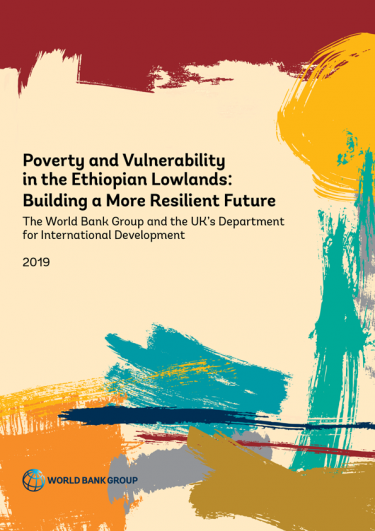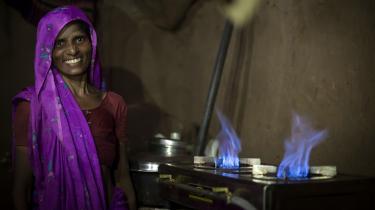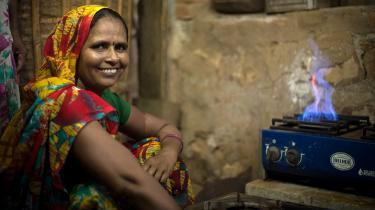This study examines nine different dimensions of poverty, vulnerability and resilience to shocks in the Ethiopian lowlands, in order to inform a policy agenda for strengthening the resilience of lowland populations to external shocks. The report adopts an analytical framework with three main features:
- First, the livelihood system of the population in the lowlands is examined in detail for the purpose of providing a better understanding of the patterns of behaviour observed and the factors that are associated with the prevalence of poverty at a given point in time and changes in poverty over time.
- Second, a distinction is made between the poverty status of a household at a given point in time and the vulnerability of a household to poverty, which is about the likelihood of a household being poor in the future.
- Third, emphasis is placed on understanding the different sources of household vulnerability in the lowlands, how these sources of vulnerability have evolved over time, and how the capacity of households to cope with changes has evolved.
Chapter 9 on Economic Development is based on a report prepared for DFID by Triple Line looking at the global, regional, national and lowland drivers of growth, the actual and potential impacts and challenges for Ethiopia’s lowlands.




